By
James Nieman | 01/11/2019 | in
You are a change agent.
You want to create the right change for the people who care — your customers.
You want to inspire action, and now.
As you know, not everyone is a change agent.
And most agencies are not for the change agents.
They compromise speed to meet their own staffing needs.
They compromise outside-the-box thinking to fit their budget.
They compromise selling more and building the brand to play in their own sandbox.
The problem is that your customer doesn’t want to be compromised.
And doesn’t care if you are,
Let’s say “No” to compromise.
I’m Mark DiMassimo, and I’ve spent my entire career learning from change agents.
Iconic, visionary entrepreneurs — the ultimate change agents — have been my continuing education.
I’ve studied them up close by working with them, day in and day out.
I earn my place by helping those change agents grow their businesses while growing their brands.
This is all I want to do with my career:
Learn from the best. Use that learning to drive growth and value for myself and others.
Give it away to inspire more people to live the creativity, freedom and accomplishment of the change agent life.
Most of my work time is spent trying to keep up with and inspire these iconic change agents.
Through the years, when I could, I took some time to write down what I’d learned from them.
The Change Agent’s Cookbook became one of the most successful email thought leadership campaigns ever.
It led to several billion dollars in sales, inspired founders of new categories and brought together change agents.
My team is putting together some of the greatest hits of the series in e-book and pdf format and calling it The Change Agents Cookbook: How Great Entrepreneurs Use Creative Destruction To Inspire Action.
This isn’t a marketing funnel. You don’t need to give your email to get this book. It’s free to download, and I hope you’ll find it inspires you as others have.
If you use it to ignite the intersection of business and creativity, I’ll be happy.
Let’s say “No” to compromise. Let’s inspire greatness.
By
Mark DiMassimo | 05/02/2018 | in

I recently discovered in reading my copy of The Daily Drucker that I’ve long shared one of Peter F. Drucker’s main management philosophies – the concept of two-track planning.
For decades, I’ve heard the following sentiment.
“We can’t solve your problem because we haven’t done our strategic work yet.”
When I worked at other agencies, I always thought this to be the ultimate bureaucratic blindness.
Building the BRAND while we build the BUSINESS.
This is the core promise of our agency, DiMassimo Goldstein. This is the experience our clients have bought when they’ve bought us.
Not: “First we’ll build the brand, then we’ll build the business.”
Not: “First we’ll build the business, then we’ll build the brand.”
Instead, we do both, and simultaneously. Like you do!
Sometimes this translates as “Building the brand while lowering the cost of acquisition.”
Sometimes it’s “Building the brand while driving sales efficiency.”
Sometimes it’s just “Growing the business and the brand.”
Our clients never wait months to see returns from an agency engagement. We typically deliver measurable revenue within the first 30 days, and we don’t have to sacrifice future success to do it.
Drucker calls this the harmonization of the immediate and long-range future, going on to state that “a manager must, so to speak, keep his nose to the grindstone while lifting his eyes to the hills.”
At DiGo, we call this practice two-track planning, and it’s implemented in everything we do. Imagine two columns on a page, the left titled URGENT and the right titled IMPORTANT.
Some urgent things are truly unimportant, but some we term “The Runway.” The board meeting coming up. The quarterly results reporting. The partner’s meeting.
If a plane doesn’t get aloft by the end of the runway, it doesn’t matter how good the food service and the movie were going to be. There are things you just need in the short run to make the long run possible. Often these things include results. That’s the Runway.
And, we don’t lose our strategic heads. We see the long-term opportunities in urgent problems.
And we manage them both, so that our clients can move forward, paying for tomorrow’s opportunities with today’s wins, all while strategically planting the seeds that ensure growth for the future in a time-starved world.
Let’s talk about inspiring action in the short and long term!
By
Mark DiMassimo | 01/12/2018 | in
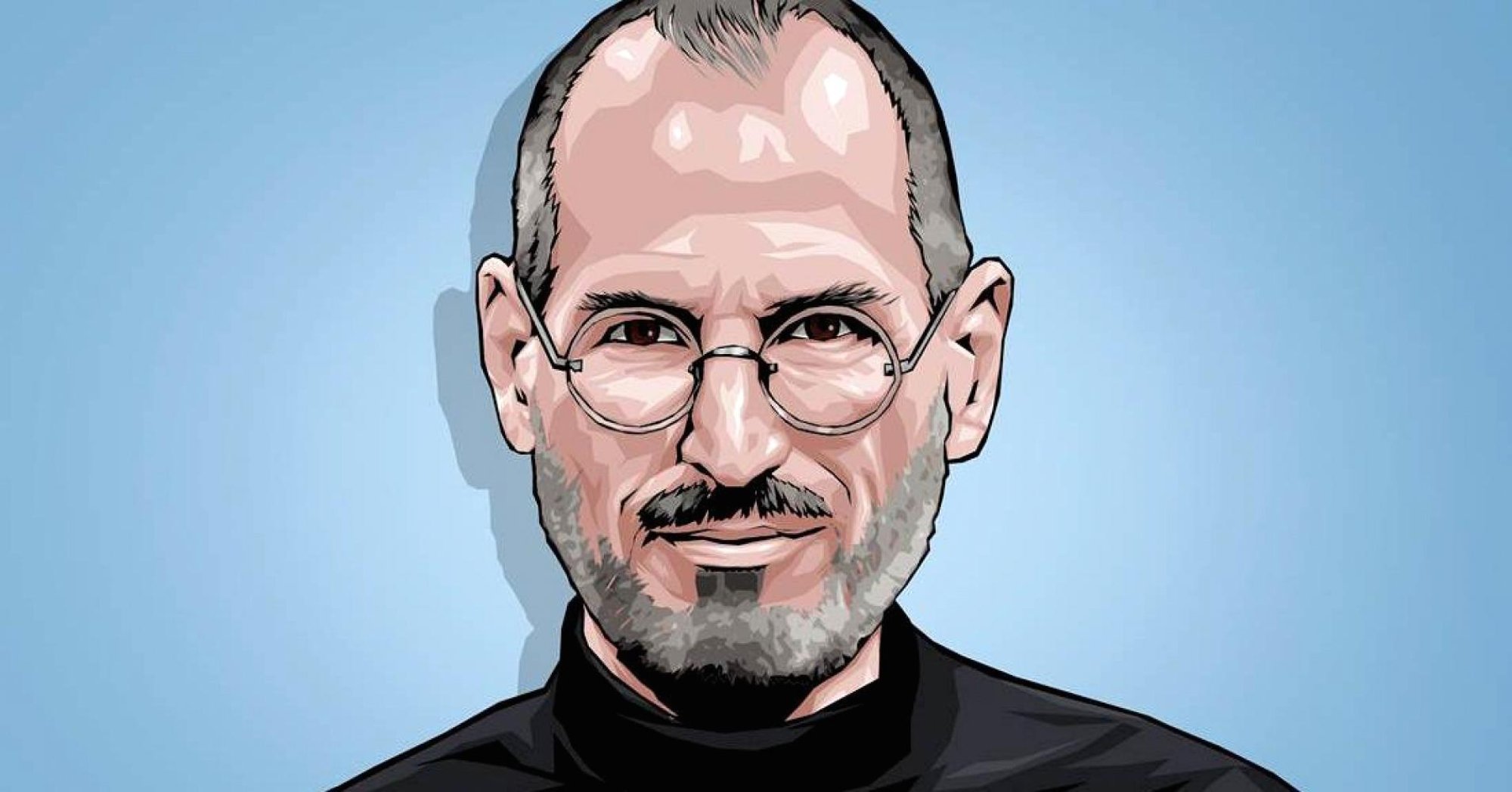
I love working for and with Founder/CEOs.
No doubt, this makes me an eccentric marketer and an odder ad guy, and casts extreme suspicion on my membership in the creative community.
Marketers are supposed to want to run their own empires – otherwise why spend all that money on a Harvard MBA and all that energy climbing the corporate ladder? Creative directors think the ideal client listens to their presentations, and then applauds. Ad agencies think their job is to please the target audience no matter what the client might think.
I’ve always hated that stuff.
You don’t let your target audience tell you what to be any more than you let your friends tell you who to be. There’s no integrity, surprise or life in that at all. Yet, in many places, it’s the norm.
And you don’t go to a dynamic, growing company – or a turnaround – to run a department like a fiefdom. You go there to be a key member of the CEO’s leadership team. You need that CEO to help you succeed even more than the CEO needs you.
I’ve always sought out clients with vision. Not rude or insulting, but laser focused, blunt, and as domineering about the brand as possible. Sometimes they are articulate. Sometimes they just know it when they see it. Either way, as long as there is really an “it” that will ultimately differentiate the brand in a world of bland, I’m in.
There will be twists and turns. I’ll hang in. I’m in it for the ride and because I believe in the destination.
As a marketing director or CMO, you are going to get the ride of your life working for a Founder CEO, and the twists and turns are no small part of it.
That inertia you feel is the marketing strategy hugging the road of a changing growth strategy. That’s a feeling you’ll rarely get in a big, lazy company.
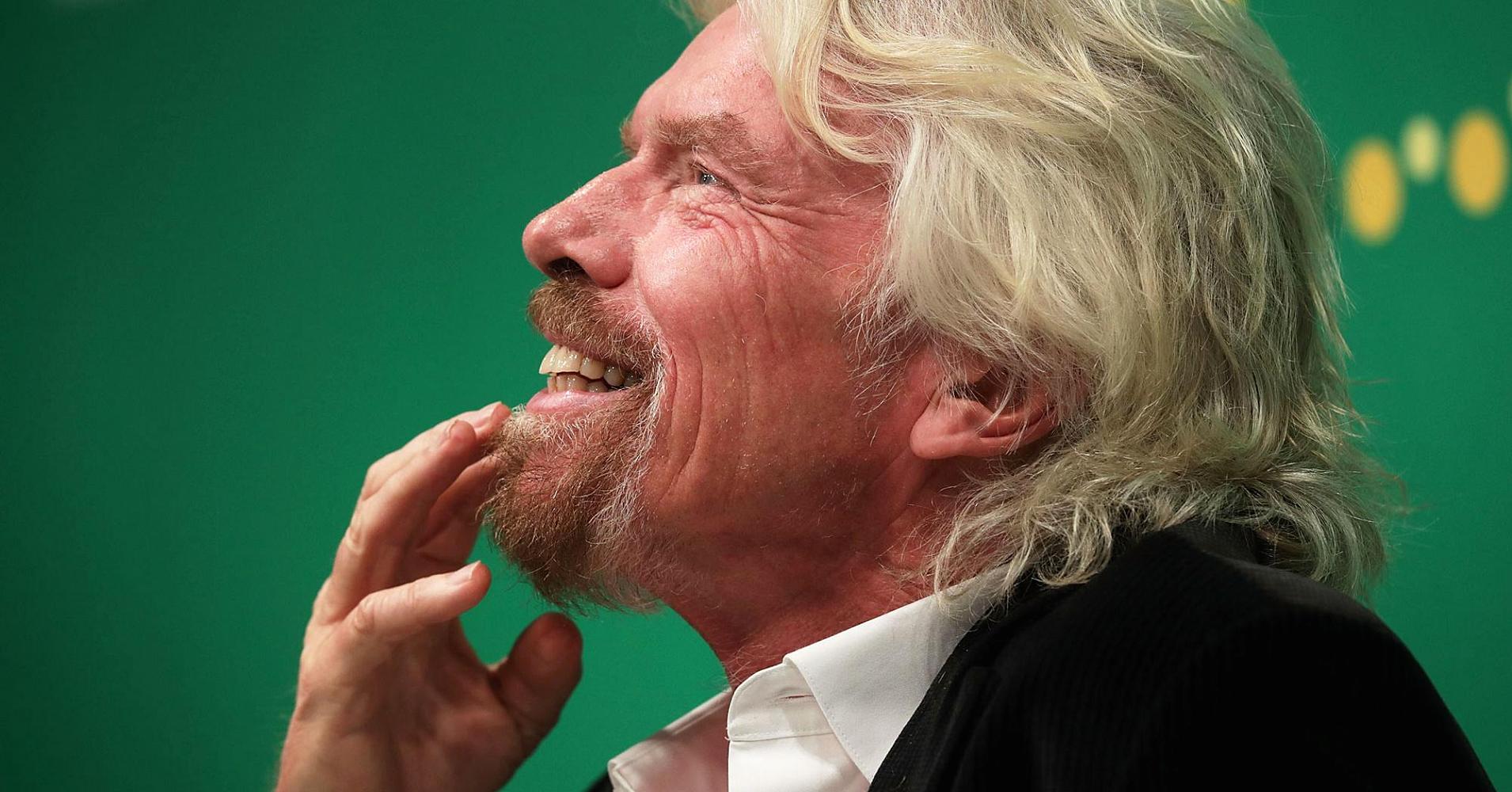
But if you care about getting to the destination, you’ve got to care about making all the right turns along the way.
It’s exhilarating. But it’s not for everyone. If you can deliver on the business results, if you can be resilient through the twists and turns, and if you can bring on partners who share your passion and resilience, you will become irreplaceable to your visionary leader.
You’ll play your best game along side stunning colleagues. These will be the days and years you’ll never forget.
If you want to make a mark in the world, this is the way. And I’ll see you at the weekly meeting with the Founder/CEO.
By
Mark DiMassimo | 12/13/2017 | in

Inspiring Action.
People pay us to get people to do things.
And we’re really good at it.
It’s an awesome responsibility.
Changing people’s behavior.
Their decisions and habits.
That’s why we’re not a “performance marketing” agency. Or a “digital” agency. Or a “direct” agency.
That’s why we’re an Inspiring Action agency.
That’s why we only incite more inspiring actions.
And more empowering habits.
And why we use our powers to ignite growth only in organizations that promote those kinds of behaviors.
But responsibility isn’t the only reason.
People bet their careers on our results every day.
We have learned by long experience that inspiring action simply works better.
We learned by being in big, siloed agencies that undermined our results by separating us.
We learned by proving it through results.
That the two most important factors for igniting growth are Inspiration and Action.
Inspiration – is there an idea or experience at the core of the brand that inspires unreasonable passion.
Action – is there urgency and ease and flow and momentum in the funnel of actions that create even deeper engagement and customer value.
Inspiring Action ignites growth by changing behaviors. Each one of us made an inspiring decision to come together.
To use what we’ve learned to inspire action for worthy organizations.
By
Mark DiMassimo | 09/28/2017 | in
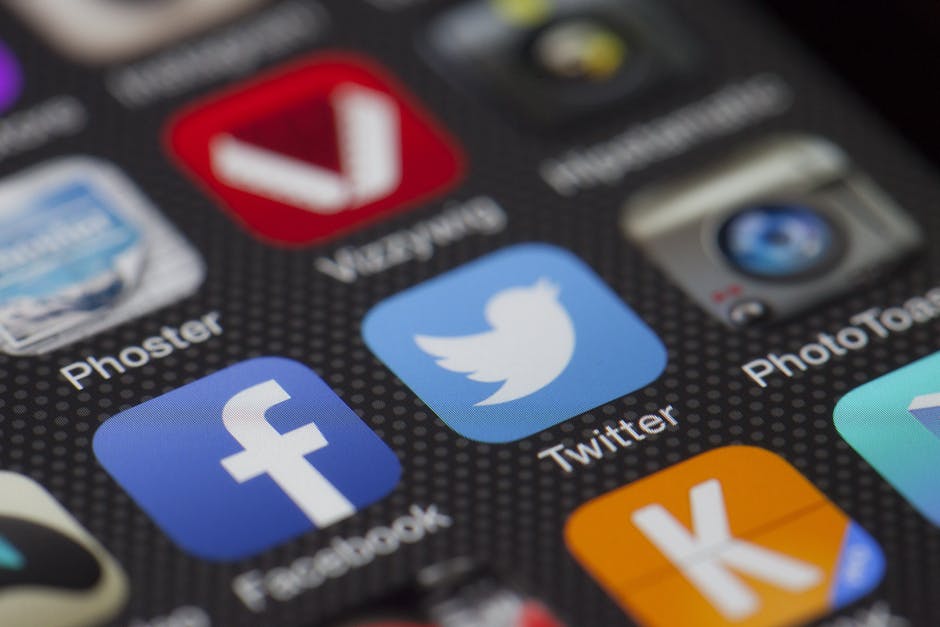
People have never had access to so many amazing tools for connecting with organizations and services that can inspire them to achieve incredible things. Not so long ago, “consumers” were out there. Marketers needed to learn about their customers and their preferences from “the channel,” the sales team, or from expensive market research. They needed to be recruited through retail or sales. It was hard to know much about them as individuals. Today, your customer holds you in her hand. Texts you. Tweets you. You are the button she pushes. You are the apps she launches. You are the tool she uses to get from here to there. Physically. Emotionally. Mentally. You are your customer’s utility. Today, consumers have unprecedented direct access to the organizations that serve them. Equally, companies have unprecedented direct access to their customers and prospects. The direct age is the age of interactive selling. It’s the age of collaboration. It’s also the age of social customer service. If your service and your story works best for inspiring action in the customer, and if that action becomes habit, then you win.
We inspire greatness in individuals and in the companies that serve them through great direct experiences that inspire action.
(more…)
By
Mark DiMassimo | 09/14/2017 | in
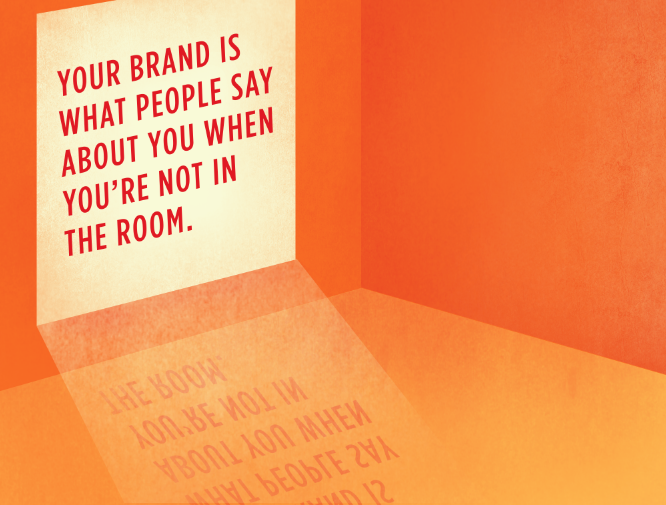
Branding is the process of building a coherent and distinct pattern of associations in the mind of a target audience.
When I say, “Apple,” a whole world of associations come up. When I say “Microsoft” a different world of associations come to mind. To the extent that both bring up associations, they have been “branded.” To the extent that those associations are clear, distinct, and helpful, they have been successfully branded.
Branding firms use culture, product, image, design, sound, voice, language, price, service, entertainment, celebrity, fashion, and interaction – an extremely broad range of tools – to build the brand. Today, the mission of an organization and the meaning of being associated with that mission is important to many people as well.
Too often, branding is associated with much more limited objectives. For example, logo and visual identity standards. While these are key tools for branding, they alone don’t create the brand.
Very often, when people use the word “brand” they are referring to what the company thinks and says about itself.
But brand is what other people say about you when you are not in the room. Brand is about what your audience feels about you in their heart of hearts. Your brand is not what you tell people it is, your brand is what people tell people it is. What you say is just your attempt to affect that understanding.
Today, brands are built by great products and services, first and foremost. In a world of online reviews, advertising and spin cannot trump a predominance of bad experiences. Not everyone, but your target audience must be delighted.
By
Mark DiMassimo | 09/05/2017 | in

I can’t remember when I first became fascinated with brands, but I know I was just a young child. Back then, Cheerios and Wheaties, Esso and Shell, Little Friskies cat food, Avis Rent-a-Car, were like cartoon characters to me. They had distinct personalities and I felt like I knew them, just like I knew the characters in my favorite shows.
From the brands I learned to love on TV to the more mature brands I later grew to love. The rock bands I worshipped. The threat and allure of Disco, Punk, New Wave and beyond. The religions I was pitched at school, in the streets and at my front door. My first credit cards from Citibank and American Express. Nike and Apple.
What art form gives you all the senses to work with? Sight. Sound. Smell. Hearing. Touch. And story, imagination and emotion too?
The dream began to form in me of building brands the way Picasso made paintings, the way Frank Lloyd Wright made buildings, the way Edison made inventions. Could I give thought to every touch point, and express a distinct and attractive personality that would remain consistent without ever being boring or trite?
I wanted to learn from the best, so I went to work for the best in the business. I chose as my clients entrepreneurial masters of brand building. I never thought of myself as the master, but only as student and servant. I practiced my craft obsessively. I stayed up nights writing. I read every book. I invited my heroes to lunch, always trying to learn a bit more, to add another key.
Yes, all of that time, I was a direct marketer. All of that time, I was measured by how well my work pulled, by beating controls, by winning tests, by conquering the A/B splits.
I learned all the tricks, but my greatest trick of all and the most effective was the ability to evoke emotion through brand. “A great brand idea is the ultimate response device,” I said. And I proved it repeatedly.
I’ve watched a lot of direct brands and careers die since then. Simultaneously, I’ve watched the great direct-led brands become the leading brands of our time. American Express, Apple, Amazon, Airbnb … and that’s just the A’s!
Remember, if you are in the business of selling directly, don’t merely sell. Build a rich, evocative, emotional brand. Use every touch point to differentiate. Err on the side of too much personality. Crush apathy. Make objectivity impossible.
Just as I do, so many wildly successful marketers remember their first journey of brand discovery as the true commencement of their marketing careers. They look back on that quest to uncover the insight that can change and organize everything going forward. The way they followed the data to the customer journey and came back with the golden insight, then mined that inspiring idea for all it was worth.
It’s a revolution in a brand, in a business and in a marketer’s career. In fact, many marketers have told me, “That’s when I first felt like a real marketer.”
Let’s do marketing for real. Let’s build a masterpiece.
By
James Nieman | 08/22/2017 | in
Sallie Krawcheck had an inspiring idea:
Create a robo-advising platform specifically designed for women.
Like most inspiring ideas, it came from true aspiration — and few things mobilize and stimulate humans more than true human aspirations.
That aspiration? To help close the investment gender gap. But to truly understand the roots of Krawcheck’s aspirations, you must first understand her background.
As the former CEO of Merrill Lynch Wealth Management, and the CFO of Citigroup prior to that, Krawcheck spent much of her career being the only woman in the room. Finance is a “for men, by men” industry, and few people in the world have been as exposed to — or as outspoken about — that disparity as much as Krawcheck.
In regards to Wall Street’s unofficial mascot, Krawcheck asks Forbes, “Does it get any more male than that? Maybe a snake.”
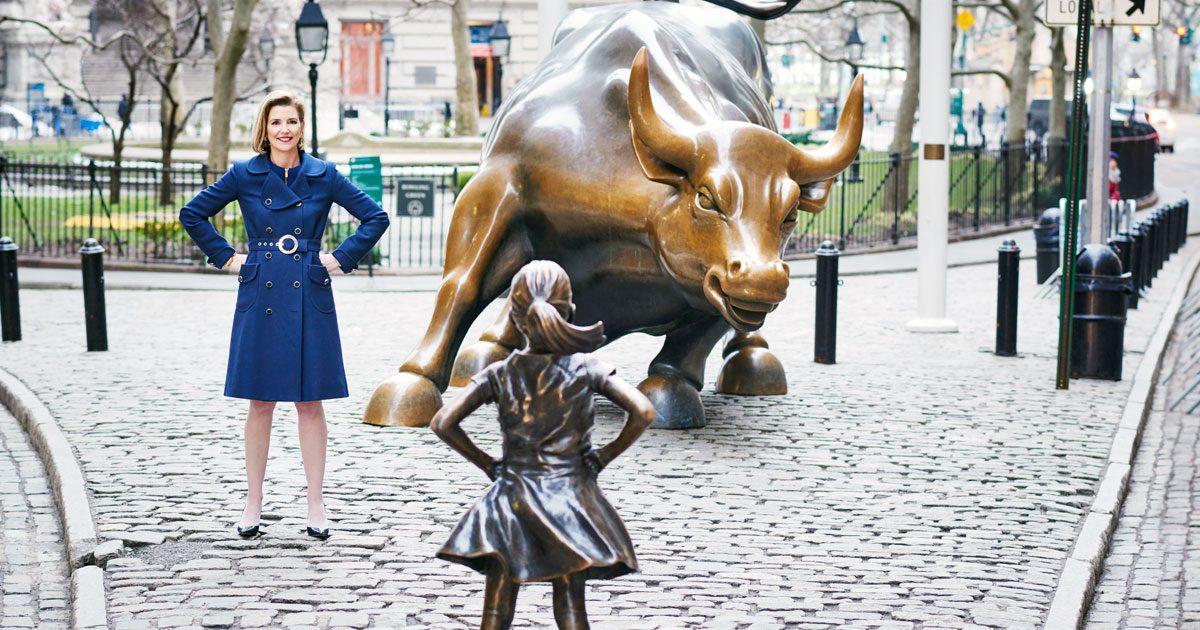
The quantitative research is staggering. Just 16 percent of the nation’s 311,000 financial advisors are female. Due to this imbalance, investing is tailored towards men’s interests, leading women to put their money in the bank rather than invest it. Seventy-one percent of all assets controlled by women are held as uninvested cash.
To Krawcheck, this translates to “us boss ladies missing out on major market-gain opportunities and losing out on inflation.”
The reality is that the financial industry does not favor women. It doesn’t speak to their unique financial needs, or address their goals, or speak their language. Women aren’t as interested as men in “beating the market.” Instead, they prefer to think of their investments in terms of goals, like buying a home, starting a business, or paying off a student loan. And as a result, far too many women are sitting on the sidelines instead of making their money work harder for their dreams.
Frustrated and determined to make a difference, Krawcheck had her insight: Make investing seem like a game worth playing by making it appear less like a game.
In 2014, she put that insight to action by launching Ellevest, a female-focused robo-advising platform.
Unlike other robo-advising platforms, Elllevest puts women first. Krawcheck and her team spent over 100 hours interviewing women to ensure that the entire user experience was geared toward the way women think about their money. It connects with the female investor on a deeper, more psychographic level by putting a hyper focus on the realities of being a woman — for example, the greater likelihood of women taking time out of the workforce. Or the fact that their salaries, in general, tend be lower over the course of their careers despite peaking earlier than men’s. It considers the five extra years of a woman’s lifespan when planning for retirement. All of these factors should have a strong influence on investing strategies, and yet Ellevest is the only company making an active effort to recognize them.
And it’s working. This past March, Ellevest had over 3,000 accounts with $18 million in assets.
Krawcheck has created a brand that allows women to inspire action in themselves. She has given her consumers a self-actualizing experience, and nothing is more valuable to a consumer today. Opening an account with Ellevest means investing in yourself. It’s a company on an inspiring mission to close the investment gender gap, and women want to be a part of that story.
That’s why Ellevest is our Inspiring Action Brand of the Month!









